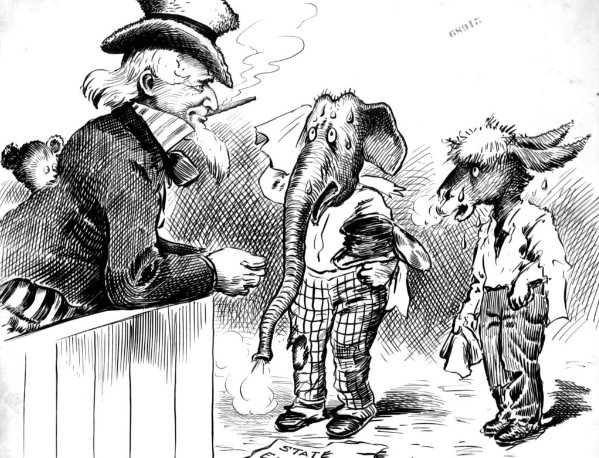The human body, its organs and their functions
The human body is a complex organism made up of many interconnected systems that work together to keep us alive and functioning. At its most basic level, the body is made up of cells, which are the building blocks of all living things. These cells are organized into tissues, which in turn form organs, and organs form systems.
Our body has many systems, including the nervous system (brain), which controls and coordinates all of the body's functions, and the circulatory system (heart), which pumps blood through the body to deliver oxygen and nutrients to cells and remove waste products. Other systems include the respiratory system, which allows us to breathe, the digestive system, which processes food and removes waste, the muscular system, which allows us to move, and the skeletal system, which provides structure and support.
The body works by maintaining a state of balance, or homeostasis, through the constant regulation of its internal environment. For example, the body maintains a stable temperature by regulating heat production and loss, and regulates blood sugar levels through the action of hormones such as insulin and glucagon.
The human body is as it is due to the process of evolution. Over millions of years, organisms that were better adapted to their environment were more likely to survive and reproduce, passing their advantageous traits on to their offspring. The human body is the result of this process, shaped by the forces of natural selection to be efficient and effective in surviving and thriving in its environment.
Here are some interesting facts about the human body:
- The human body contains almost 37.2 trillion cells, give or take a few billions.
- The microbial biome of our bodies, including bacteria and fungi, is estimated to be around 39 trillion cells, give or take a few billion.
- The average adult takes about 22,000 breaths a day.
- Each day, the kidneys process about 200 quarts (50 gallons) of blood to filter about 2 quarts of waste and water.
- Adults excrete about a quarter and a half (1.42 liters) of urine per day.
- The human brain contains about 100 billion nerve cells, give or take a few billion.
- Water makes up more than 50 percent of the average adult body weight.
All these functions and many more are possible thanks to the multiple organs that make up the human body. Organs are collections of tissues that work together to perform specific functions in the body. Each organ has a unique structure and function that contributes to the overall health and well-being of the body.
Here is a list of important organs and their functions:
- Heart: The heart is a muscular organ that pumps blood throughout the body, supplying cells with oxygen and nutrients and removing waste products.
- Lungs: The lungs are organs that allow us to breathe, taking in oxygen and expelling carbon dioxide.
- Liver: The liver is an organ that performs many important functions, including detoxification of harmful substances, production of bile to aid in digestion, and storage of glucose for energy.
- Kidneys: The kidneys are organs that filter waste products from the blood and regulate fluid balance in the body.
- Brain: The brain is the control center of the body, responsible for coordinating and regulating all functions of the body, including movement, sensation, emotion, and thought.
- Stomach: The stomach is an organ that helps break down food and mixes it with digestive juices to form a thick fluid called chyme, which then passes into the small intestine for further digestion and absorption.
- Pancreas: The pancreas is an organ that produces enzymes and hormones that aid in digestion and regulate blood sugar levels.
- Gallbladder: The gallbladder is a small organ that stores and releases bile, a digestive juice produced by the liver, to aid in the digestion of fats.
- Spleen: The spleen is an organ that filters the blood and helps fight infection by making white blood cells and antibodies.
- Intestines: The intestines are organs that help absorb nutrients from food and remove waste products from the body. The small intestine is where most of the nutrients from food are absorbed, while the large intestine (colon) absorbs water and electrolytes and eliminates feces.
- Skin: The skin is the largest organ in the body and serves as a protective barrier against injury, infection and dehydration. It also regulates body temperature, excretes waste products, and produces vitamin D.
- Adrenal glands: The adrenal glands are small organs that produce hormones, including adrenaline and cortisol, that help the body respond to stress and regulate metabolism.
These are just a few examples of the main organs in the human body and their functions. Each organ plays a critical role in maintaining the health and function of the body, and any dysfunction or disease that affects these organs can have a significant impact on overall health and well-being.
The brain, heart, and liver are excellent examples of important organs that we need to stay alive. However, the human body also has several organs that we don't really use anymore. These organs are known as vestigial organs.
Vestigial organs are organs or structures that have lost their original function or have reduced their function in the course of evolution. These organs may have been important in the past for the survival of the species, but have become obsolete or less useful over time as the environment and the species have evolved.
Some examples of vestigial organs in humans include:
- Appendix: The appendix is a small pouch attached to the large intestine that was once thought to be a vestigial organ with no function. However, recent studies suggest that it may play a role in immune function and the development of beneficial gut bacteria.
- Wisdom Teeth: Wisdom teeth are third molars that often impact or cause dental problems due to changes in diet and jaw size over time.
- The Tailbone: The tailbone, is a small bone at the bottom of the spine that is believed to be a vestige of the tail found in other mammals.
- Ear muscles: Some humans still have small muscles in their ears that were once used to move the ears to help detect sounds and communicate with others.
- Body hair: Humans still have hair on various parts of their bodies, but it no longer serves the purpose of providing warmth or protection as it does in many other mammals.
Vestigial organs are interesting from an evolutionary perspective because they provide evidence of the history of a species and the changes it has undergone over time. Although these organs may no longer serve their original function, they may still have some residual effects on the body or provide clues to the evolutionary history of a species.










